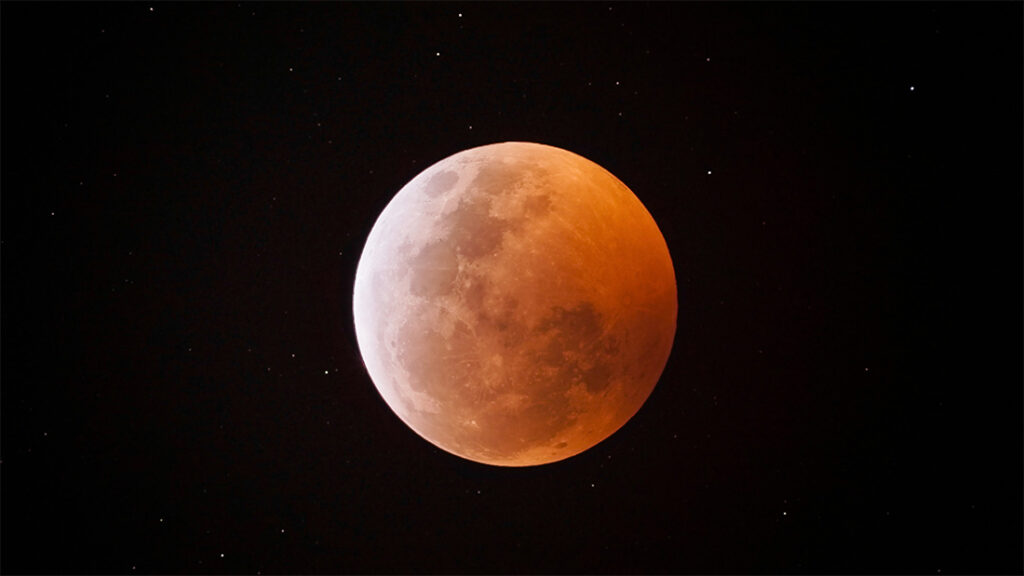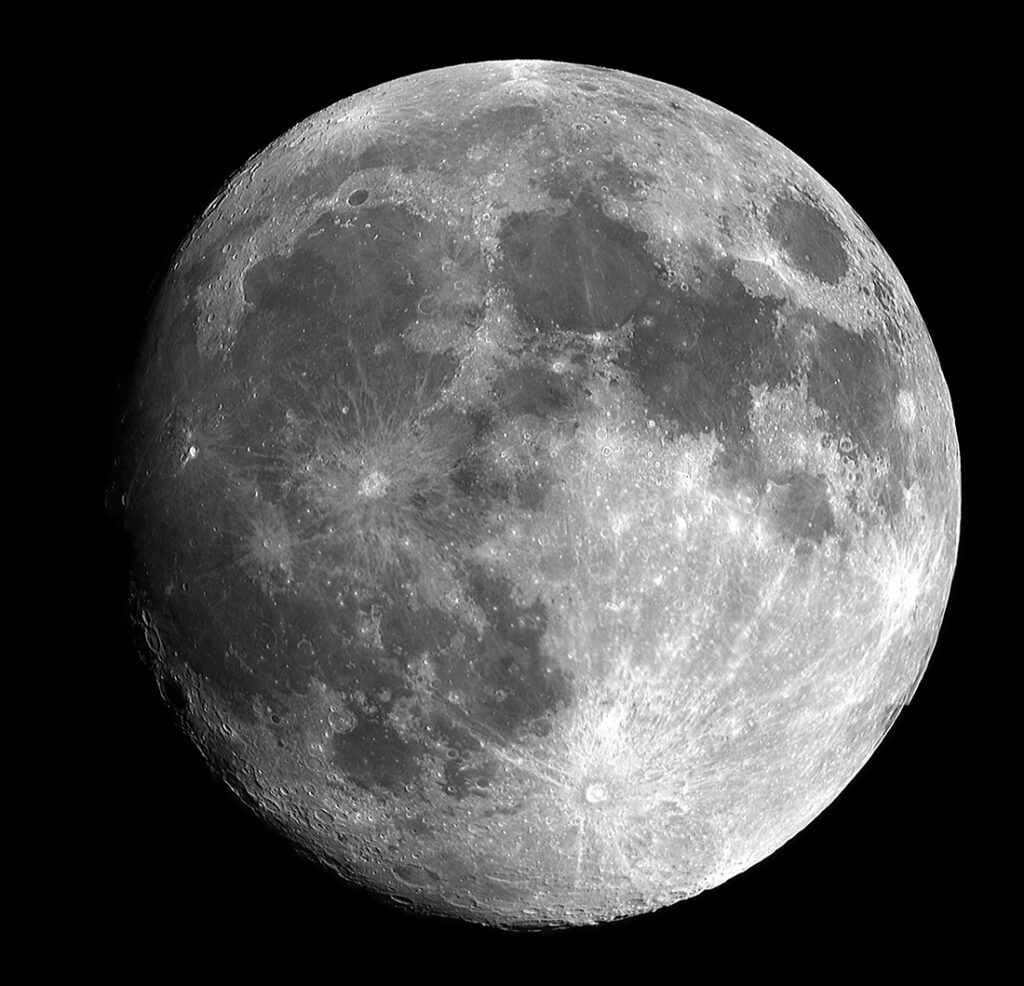When you look up at the night sky, you will notice approximately every 29.5 days it will be a full moon. The moon will look like a complete circle. Did you know that in the New England area, the Algonquin tribes (who lived in this part of the United States) named each full moon. The Colonies adapted these names. It was a way of keeping track of nature and time. This is known as phenology. Each month was described according to the nature signs they experienced as the year passed through the seasons.

Here is a list of the moon names:
| Month | Moon Name |
| January | Wolf Moon |
| February | Snow Moon |
| March | Worm Moom |
| April | Pink Moon |
| May | Flower Moon |
| June | Strawberry Moon |
| July | Buck Moon |
| August | Sturgeon Moon |
| September | Harvest Moon |
| October | Blood Moon |
| November | Frost Moon |
| December | Cold Moon |
Nature repeats herself from year to year with only slight variations. Nature (animals and plants) was used as the calendar. Depending on the full moon, told the people when the first frost might appear/when to harvest and when the last frost would happen/ time to grow food.
Worm moon is an odd name to us, since it has no relevance to worms. Beetle larva used to be referred to as worms. Around the month of March the beetle larvae emerges from tree bark that s thawing, bringing on spring. Find out more about the Native Americans full moon names and their meanings.

Have you ever noticed that when the full moon is close to the horizon, that it looks really big? That is called “moon illusion”. It stays the same size all the time but the earth’s horizon gives you a reference to its size. That sometimes happens in certain photographs. A photograph is taken and you can’t tell if the object is small or large. When a penny or a person is next to it (a reference point), you can perceive the size of the object.
Don’t forget to look up during the day and night, nature is all around us. If you are looking for us, you will find us outside.


